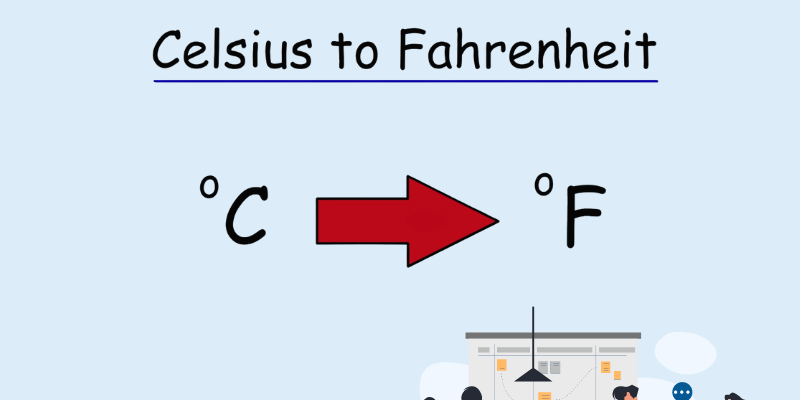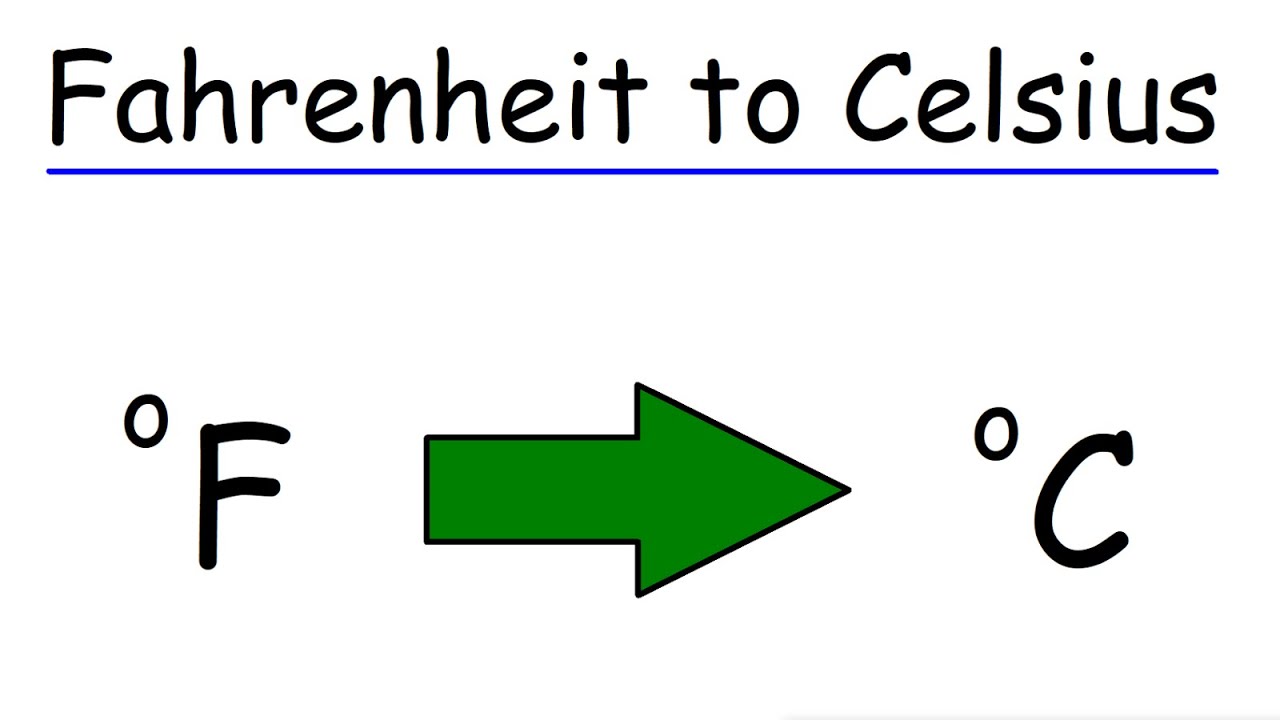How To Convert 36.8 Celsius To Fahrenheit – Measure C To F
May 14, 2025

Temperature plays a pivotal role in health monitoring and is especially important when assessing fever or signs of illness. Understanding how to interpret temperature readings—particularly the correlation between Celsius and Fahrenheit—is essential for accuracy and effective care.
Being able to measure temperature precisely enables the early detection of health issues and supports timely medical interventions. As such, being well-informed about temperature metrics is a crucial component of a proactive approach to healthcare.
Understanding Temperature Scales: Celsius vs. Fahrenheit
Two Different Systems – 36.8°C in Fahrenheit
There are two main systems used to measure temperature: Celsius (°C) and Fahrenheit (°F). Most countries, including the UK, use Celsius, whereas Fahrenheit is commonly used in the United States and a few other regions.
To give some context:
-
Water freezes at 0°C and boils at 100°C.
-
Water freezes at 32°F and boils at 212°F.
The two scales have different reference points and intervals. For healthcare professionals, understanding how to convert between Celsius and Fahrenheit is vital, particularly in international settings where collaboration across systems is common.
What Is Normal Body Temperature?
36.8°C to °F – Why It Matters
A typical, healthy body temperature is around 36.8 degrees Celsius, which equates to approximately 98.2 degrees Fahrenheit. Being able to convert temperatures accurately ensures health professionals can correctly interpret and communicate readings.
To convert Celsius to Fahrenheit, use this formula:
(°C × 9/5) + 32 = °F
In practical terms, understanding this conversion supports a thorough evaluation of a person’s condition and allows for quicker identification of irregularities. For healthcare workers, it’s a fundamental skill that enhances patient safety and care quality.
Choosing the Right Thermometer
Accurate temperature readings begin with using the right tool. Here’s a breakdown of common options:
Digital Thermometers
-
Quick, reliable, and easy to read
-
No mercury involved – safer to use, especially around children
-
Often come with features like memory recall or smart app connectivity
Mercury Thermometers
-
Known for their precision
-
Use mercury in a glass tube to measure temperature
-
Require careful handling, as mercury is toxic and the glass can break
When selecting a thermometer, weigh up factors like accuracy, usability, and safety. Digital thermometers tend to be the preferred choice in modern healthcare settings.
How to Take an Accurate Temperature Reading
Proper Technique and Influencing Factors
Measuring temperature correctly involves more than just placing the thermometer. Several variables can affect the accuracy of the result:
-
Ambient Room Temperature: If the environment is particularly warm or cold, it may influence the reading.
-
Physical Activity: Recent exercise can raise body temperature temporarily.
-
Food and Drink: Hot or cold drinks can affect oral temperature readings; wait at least 15 minutes before measuring.
-
Measurement Site: Temperature may differ slightly whether taken orally, underarm, in the ear, or on the forehead.
Each method has specific steps to follow. Ensuring consistency in technique helps in monitoring trends and spotting health issues early.
Recognising Early Symptoms Through Temperature
Understanding what’s normal for your body makes it easier to detect when something’s wrong. Monitoring for fever-related symptoms such as:
-
Unusual warmth or chills
-
Shivering
-
Body aches or fatigue
…can help identify issues before they escalate.
Regular checks and attentiveness to your body’s signals support early intervention, which often leads to better outcomes and faster recovery.
The Role of Public Awareness in Health Monitoring
Public awareness is key to empowering individuals to take control of their health. Educational initiatives and technology tools make health monitoring accessible and simple:
-
Smart thermometers and mobile apps allow for digital tracking of temperature trends
-
These tools encourage regular monitoring and proactive healthcare decisions
By promoting education and making tools available, communities can foster a culture that prioritises early detection and informed health management.
Why 36.8°C to Fahrenheit Conversion Matters
Being able to convert 36.8°C to Fahrenheit is more than a mathematical skill—it’s an essential aspect of global healthcare communication. This specific temperature represents the benchmark for normal human body temperature, which plays a critical role in both diagnosis and ongoing patient evaluation.
In multilingual and multicultural healthcare environments, such conversions enable effective communication, streamlined treatment protocols, and improved patient outcomes.
Conclusion
Temperature is a fundamental indicator of health, and precise readings can shape clinical decisions. Understanding how to convert between Celsius and Fahrenheit supports accurate diagnostics, early illness detection, and effective medical response.
Whether you’re a healthcare professional or monitoring health at home, being well-versed in temperature metrics is a valuable skill that enhances care quality and promotes better health outcomes for all.
FAQs
Why is it important to understand the conversion between Celsius and Fahrenheit in healthcare?
It ensures accurate temperature readings, helping healthcare professionals make sound decisions based on international standards.
What is the significance of 36.8 degrees Celsius in health assessments?
36.8°C is widely regarded as the normal human body temperature, making it a key reference point in assessing overall well-being.
Why is choosing the right thermometer crucial for accurate temperature readings?
The type of thermometer affects the accuracy, safety, and ease of use, all of which influence the reliability of readings.
Why should variables like room temperature and physical activity be considered?
External conditions and activity levels can alter body temperature, so they must be accounted for to ensure reliable results.
How do public awareness campaigns and modern technologies contribute to health management?
They help educate individuals and provide accessible tools for regular monitoring, promoting proactive health care decisions and early detection.
- What Is Clive Davis Net Worth 2024: A Legend Who Shaped Music History - May 14, 2025
- How To Convert 36.8 Celsius To Fahrenheit – Measure C To F - May 14, 2025
- Profhilo Treatment Near Pyrford, Surrey - January 3, 2025

